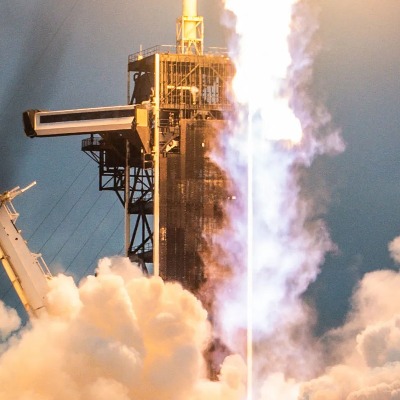China Opens Door To The Cosmos: New Launch Pad Boosts Commercial Space Dreams

China’s burgeoning commercial space aspirations took a giant leap forward with the completion of its first dedicated commercial launch pad on Hainan Island.
Key Points:
- China completed its first commercial launch pad on Hainan Island, boosting access to space for private companies.
- The new facility caters to both liquid and solid-propellant rockets, offering wider launch options.
- The project aims to empower China's commercial space sector and compete with established players.
- Chinese companies like iSpace and Deep Blue Aerospace have expressed interest in utilizing the pad.
- International collaboration and addressing intellectual property concerns remain crucial for long-term success.
- Despite challenges, the launch pad marks a significant milestone for China's space future.
This state-of-the-art facility, built at the new Hainan Commercial Space Launch Site, promises to increase China's access to space and fuel a new era of private-sector space exploration.
The newly completed launch pad is designed to accommodate both liquid-propellant and solid-propellant rockets, catering to a wider range of commercial launch providers. Its location on Hainan Island offers several advantages, including a lower latitude that allows for higher payload capacities and proximity to the equator, which further optimizes launch efficiency.
"This marks a significant milestone for China's space industry," declared Wu Yanhua, spokesperson for the China National Space Administration (CNSA). "The new launch pad will not only support national space programs but also open doors for China's burgeoning commercial space sector, fostering innovation and competition."
The arrival of the commercial launch pad comes at a crucial time for China's space ambitions. The country has made impressive strides in space exploration in recent years, successfully landing robotic probes on the Moon and Mars and constructing its own Tiangong space station. However, the commercial space sector, while promising, still lags behind established players like the United States.
The new launch pad aims to bridge this gap by providing a dedicated infrastructure for private companies to launch satellites, scientific payloads, and even small spacecraft. This could enable a diverse range of applications, from communication and remote sensing to space tourism and resource exploration.
Several Chinese companies have already expressed interest in utilizing the new launch pad. Leading commercial space players like iSpace, CAS Space, and Deep Blue Aerospace are eager to take advantage of the facility's capabilities. Deep Blue Aerospace even aims to launch its reusable Nebula-1 rocket from the pad later in 2024.
While the long-term impact of the new launch pad remains to be seen, its potential is undeniable. It serves as a tangible signal of China's commitment to fostering a vibrant commercial space sector. With greater access to space and a supportive regulatory environment, Chinese companies could emerge as significant players in the global space economy in the years to come.
However, challenges remain. Concerns persist regarding intellectual property rights and transparency within China's space industry. Additionally, international collaboration in the commercial space sector remains complex, and achieving widespread success might require greater openness and cooperation.
Nevertheless, the completion of China's first commercial launch pad represents a significant step forward for the country's space ambitions. With renewed focus on collaboration and innovation, this new gateway to the cosmos could not only benefit China's own space dreams but also contribute to a more vibrant and diverse global space ecosystem.




